Six tips to upgrade your winter cycling experience
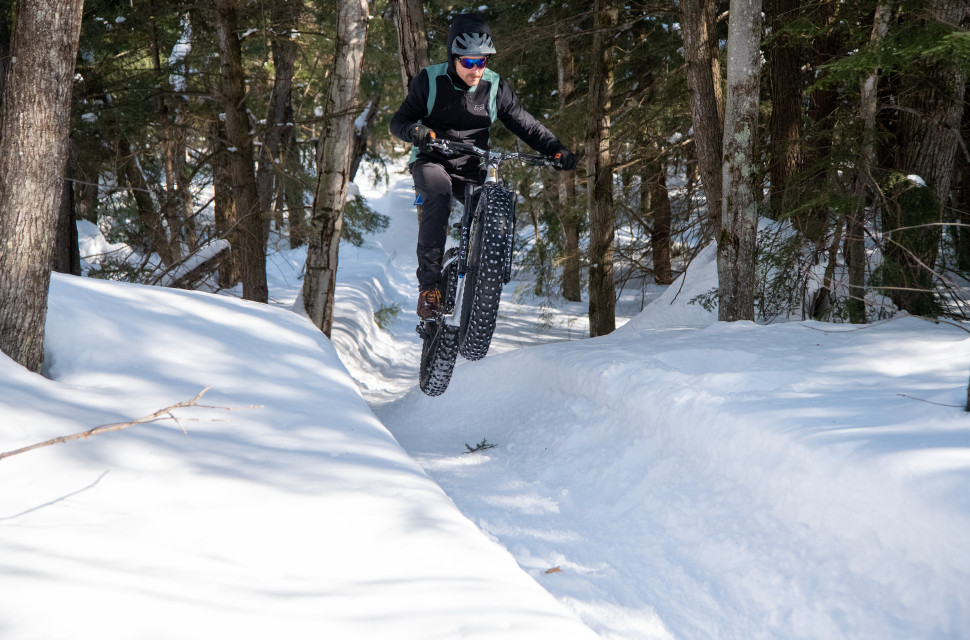
Diving into the mud with your bike might just be the secret to unlocking the best winter vibes! Of course, we don't mean that quite literally, but embracing the chilly conditions is really where we think the real fun begins. Here are five quick and easy tips to make your winter riding more enjoyable - without breaking the bank.
- Winter mountain biking - your guide to riding in the cold
- Video: How to layer up for winter mountain biking
- Buyer's guide to winter kit - stay comfortable and cosy on the bike this winter
Living in the northern hemisphere means that as a cyclist, you will encounter a variety of seasons and conditions throughout the year. Winter the dullest of the seasons that throws rain, wind, and mud at you, is perhaps the least favourite of them all for most. It also means that unless you are prepared, you are really not going to have a good time out on the bike.
You might have heard about winter bikes, and it's true that many cyclists do have a dedicated winter rig for the grimmest months. It is by no means a necessity, though. You can keep riding through the winter on the very same bike that you ride in the summer - but you might want to winter-prep it. Once you've done that, you can focus on how to make the riding and its aftermath more enjoyable... So read on to see our top tips.
Stay dry and warm with trousers
Trousers are something you won't really see gravel riders utilise as much as the mountain bikers, even though they are literally a winter game changer.
Mountain bike trousers are, despite their baggier look, easy to pedal in and the winter versions often come with added insulation and waterproofing which are the two things you want to invest in during the winter in order to elevate your weekend pedals.
Unlike the sleek winter bib tights, trousers will give you more pockets, windproofing, protection from splashing water, and in a nutshell, greater comfort. Most cycling trousers come without chamois, so you can wear them on top of your favourite summer bib shorts or without any padding at all.
Look out for deals in non-cycling sports kit
This might seem like an odd one, but in the winter especially, layering is very important as proper layering will keep you warm and dry, whilst being adaptable should you overheat, or hit a particularly wet bit of weather. If you are on a budget, you might not be able to invest in mountain bike-specific trousers or the waterproof cycling jacket of your dreams.
Although cycling-specific kit offers benefits in terms of features and comfortable fit on the bike, you can often get away with other sports apparel. This applies especially to the mid and baselayers. Look out for great deals on, for example, skiing baselayers, glove liners, waterproof hiking socks, or even waterproof hiking trousers.
Take a hot drink with you
Avoiding long stops is a good rule for winter riders, but when you do stop, it's great if you have something to warm you up. Carrying a double-walled, vacuum flask is the best way to transport a hot drink on the ride with you and means you can have a mid-ride coffee or hot chocolate stop wherever you are.
There are quite a few cycling thermos flasks now, for example, the Hydro Flask. These are made to fit into your bottle cage perfectly, so you don't have to worry about putting the flask into your pocket.
Fuel up properly
Yes, you do need to keep eating on longer rides even when it's a little harder work than in the summer. Opening bar wrappers or even getting anything out of your pockets with thick winter gloves can be a pain, but it's worth it!
You don't have to invest in cycling-specific nutrition such as gels and bars on your everyday rides, although a good carbohydrate drink mix can be a saviour on the long winter rides. If you're in a pinch, a trip to a local supermarket is all that's needed to get your nutrition needs sorted.
Instead of a carbohydrate drink mix, you can simply dissolve sugar into water and keep sipping that on your ride. Instead of cycling-specific rice bars, you can buy granola bars or Rice Krispies Squares from the snacks aisle, and to replace gels you can buy baby food pouches. The most important thing is to make sure you get carbs in, so as wrong as it might seem, go for the high-sugar options for more bang for your buck.
Create a bike cleaning routine
There is no other time of the year when cleaning your bike is as essential as during winter. Leave it standing in muck and mud after one ride and you will be looking at a rusty chain and cassette, and squealing brake pads for many rides to come.
The simplest bike cleaning doesn't take much more than a bucket, some dish soap, and a good brush or two - something you can store neatly in a cupboard even if you live in a flat. You might also want to look at weed sprayers - these are like mini pressure washers and you can get one for about a tenner from your local garden centre or hardware shop. Filled with water, they can also sit in your car ready for a bike clean after a spin on the trails.
One last option for a quick wash is of course a car wash. You might get away with just asking the staff to borrow a pressure washer for five minutes, or if you go to a self-service one the quick wash on the pressure washer will set you back a couple of quid. Of course, this is not the most budget-friendly option in the long run, but occasionally it might be better than leaving your bike uncleaned.
After a wet and dirty ride, hose or somehow rinse the bike off most of the dirt, then use a brush dipped in soapy water to aggravate off any stubborn bits. It's useful to have a second brush reserved for the drivetrain and get a degreaser for getting rid of the old lube and dirt mess around it.
Once you're done with rinsing off the soapy stuff, make sure to dry off the bike. Even if you cannot be bothered to be thorough with it, make sure to dry off the chain and if possible, re-lube it after a wipe. Old t-shirts, towels, or joggers are great for the job of drying off the bike.
Get your post-ride routine dialled
Cleaning your bike is only one part of the process you should complete after a winter bike ride. Taking care of yourself and your kit is also essential. After hours in the wet and dirty conditions, you should prepare to get out of your riding kit as soon as possible.
If you drove to the start of the ride, have a spare set of clothes in the car. If you are starting and finishing at home, make sure to not get distracted by things. Jump in the shower or bath as soon as you can, and get yourself into a warm and dry set of clothes.
Why is it so important to get out of the riding kit? If you've ever experienced saddle sores or any other issues around the saddle area, you might know why. Keeping the skin clean and dry should prevent any skin issues and once you're out of the riding kit, you can also throw it all in the wash which will keep them better for longer, too.
Have we missed something? What else do you do to make winter that little bit more bearable? Let us know your tips in the comments below.








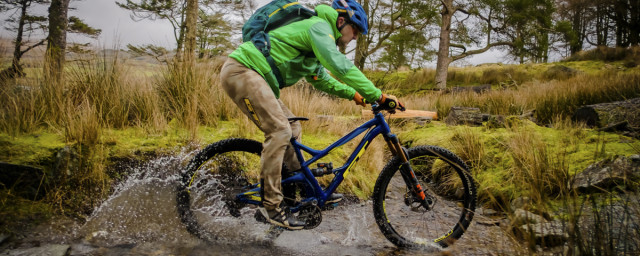


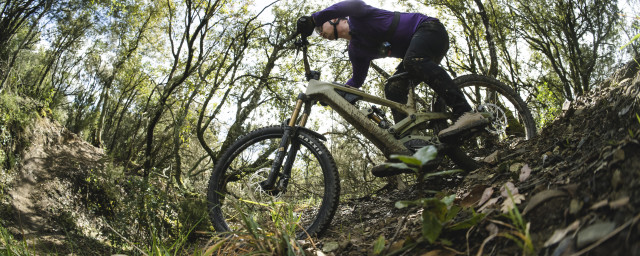
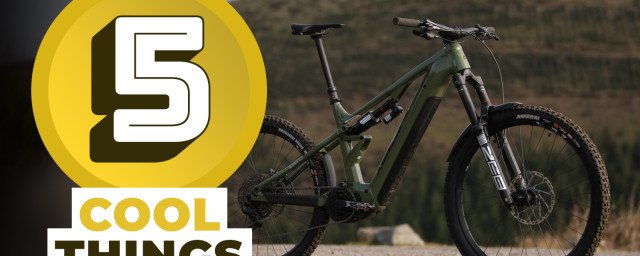
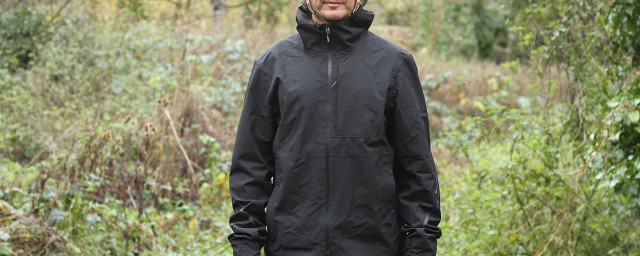
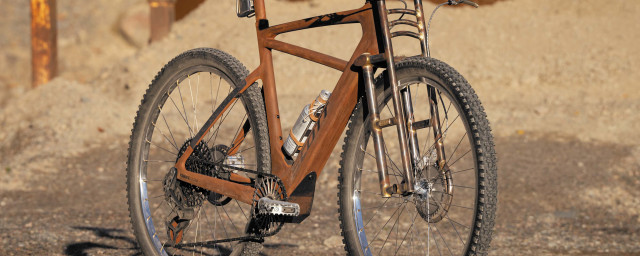
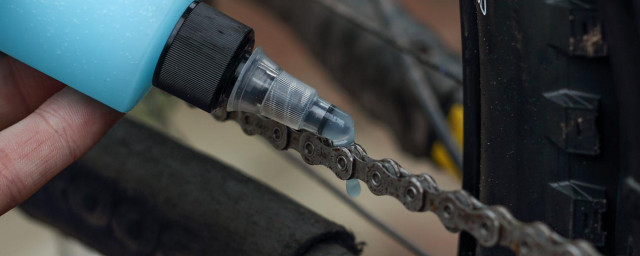
1 comments
A bit of a unicorn request but I'd add shoes that don't take days to dry. Seemingly such a thing doesn't exist which I can only put down to shoe designers not riding in British conditions. With waterproof socks and trousers deployed they don't actually need to be waterproof, they just need to be quick drying. No-one is making a serviceable flat shoe/boot that does this job. If its really sloppy and absolutely throwing it down I've started riding in neoprene horse riding boot. Just make sure you're wearing trousers over them otherwise you'll get some right odd looks...